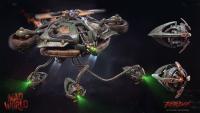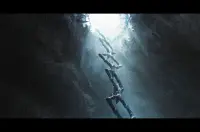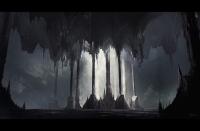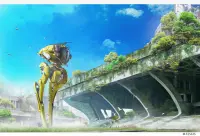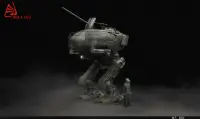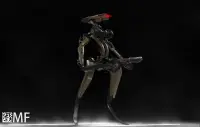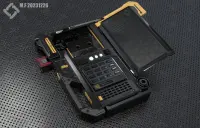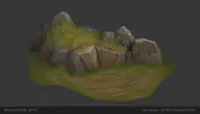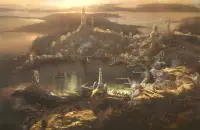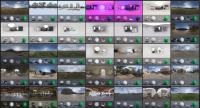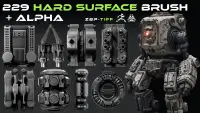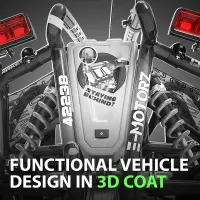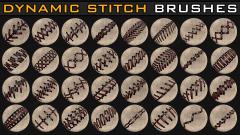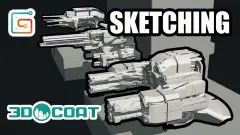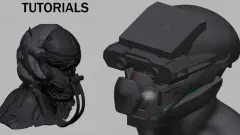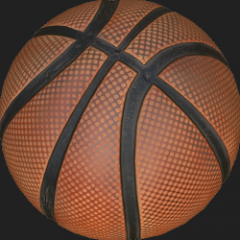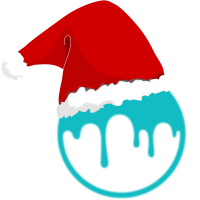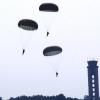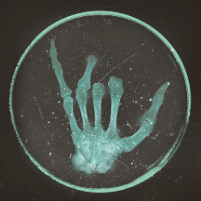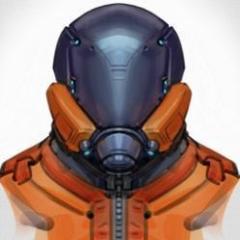-
Market
-
Who's Online 1 Member, 0 Anonymous, 180 Guests (See full list)
- Sandu
-
Topics
-
- 1 reply
- 15 views
-
- 0 replies
- 20 views
-
- 0 replies
- 20 views
-
Question: Is it possible to link/reference resources in 3DCoat?
By TRepeat, in Questions & Answers
- Awaiting best answer
- 0 votes
- 1 answer
-
Using 3DCoat to Create Decals for Blender Tutorial and Decal Machine | ThreeDCreateTutorials
By Carlosan, in Materials and Textures
- 0 replies
- 25 views
-
- 0 replies
- 31 views
-
Some bug reports regarding the curve tool.
By dcl_07, in New Releases, Bugs Reports & Development Discussion
- 1 reply
- 70 views
-
- 2 replies
- 66 views
-

